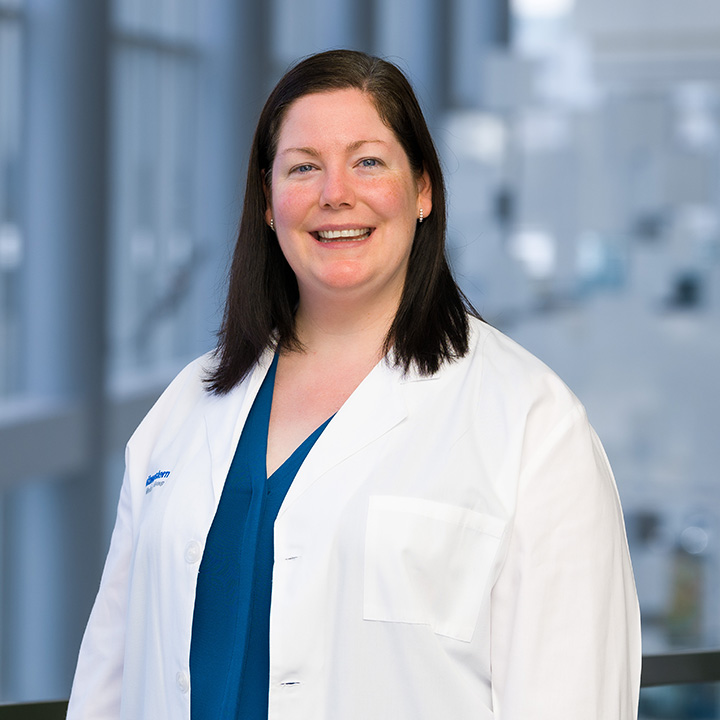UT Southwestern geriatric fracture initiatives result in expedited care and shorter hospital stays

DALLAS – Sept. 1, 2022 – A multidisciplinary effort to improve care for older patients who arrive at the emergency room with a hip fracture has decreased the time before they have surgery, shortened hospital stays, and resulted in better follow-up care, UT Southwestern physicians reported in Geriatric Nursing.
In February 2021, UTSW launched an orthopedic surgery fracture liaison service, Returning Seniors to Orthopedic Excellence (RESTORE), focused largely on prioritizing early pain management and reducing time to surgery for geriatric patients with hip fractures. A team led by Megan Sorich, D.O., Assistant Professor of Orthopaedic Surgery, then integrated the RESTORE program with the existing nursing program – Nurses Improving Care for Healthsystem Elders (NICHE) – which aims to standardize early ambulation, delirium assessment and management, hospital room protocols for better orientation and healing, and improve follow-up visit adherence.
Dr. Sorich, a geriatric orthopedic surgeon and first author of the article, said the time is right for more collaborative care of hip fractures, the most common life-altering orthopedic injury among older adults. More than one-third of women living until age 80 will sustain a hip fracture.
“As our population continues to age, more vulnerable patients will need better managed care, and better safety nets,” Dr. Sorich said. “By putting programs like this in place, we hope that we can help other institutions deliver this as well.”
Under RESTORE and NICHE, the collaborative care team for hip fracture patients includes physicians in emergency medicine, internal medicine, geriatrics, anesthesiology, and pain management, as well as nutritionists, physical and occupational therapists, discharge planning coordinators, geriatric resource nurses and geriatric patient care associates.
Data on 117 patients treated since the RESTORE program launched shows that time to surgery declined from 44 hours to 18, and attendance at post-discharge follow-up visits rose from 40% to 70%, compared to a 30% national average, according to the article. Length of stay dropped from 8.72 days to 7.6 days.
Dr. Sorich said other hospitals could benefit by implementing similar programs. She said the key to success, after buy-in and support from hospital administrators, is having stakeholders in the geriatric medicine team as well as orthopedic surgery team invested in the program from the start. It is also a tremendous advantage to have all hip fracture patients located on the same floor, which UTSW has done.
“This ensures continuity of care between the nurses, physical therapists, occupational therapists, care coordinators as well as the hospital team,” she said.
About UT Southwestern Medical Center
UT Southwestern, one of the nation’s premier academic medical centers, integrates pioneering biomedical research with exceptional clinical care and education. The institution’s faculty has received six Nobel Prizes, and includes 26 members of the National Academy of Sciences, 17 members of the National Academy of Medicine, and 14 Howard Hughes Medical Institute Investigators. The full-time faculty of more than 2,900 is responsible for groundbreaking medical advances and is committed to translating science-driven research quickly to new clinical treatments. UT Southwestern physicians provide care in more than 80 specialties to more than 100,000 hospitalized patients, more than 360,000 emergency room cases, and oversee nearly 4 million outpatient visits a year.
